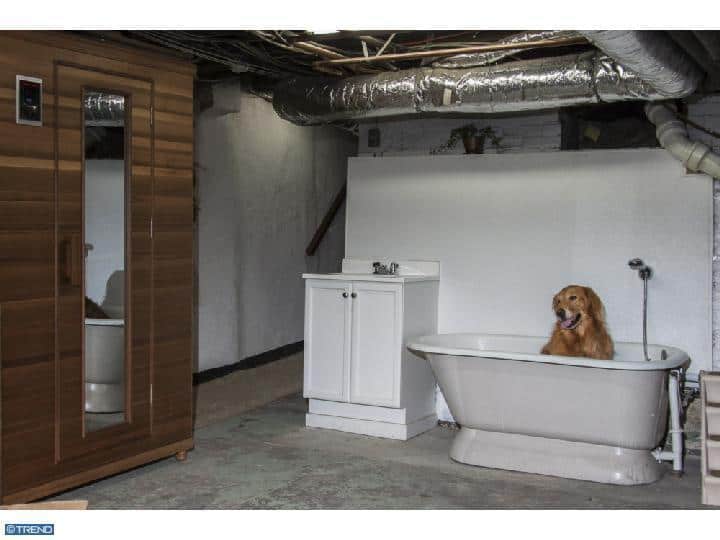Should It Stay Or Should It Go? – 6 Tips for Buyers and Sellers
Imagine you’re doing the final walk-through of your dream home, making sure everything is perfect before closing. You peruse all the rooms, peek into the closets, and — hmm. What’s this on the top shelf? An… urn?

We can all agree that home sellers should take personal belongings; And especially pet remains. With them when they move out. But what about more ambiguous items like curtains, refrigerators, and spas? Should they stay or should they go?
The answers vary across markets in the U.S. Our general rule is that everything affixed to the property — like blinds, dishwashers, and built-in microwaves. These should be included with the home. But things get fuzzy when it comes to appliances that plug in but aren’t necessarily attached. Just like refrigerators, washers, and dryers, as well as big-ticket recreational items, like spas, pool tables, and outdoor play structures.
Here are six tips to help buyers and sellers avoid confusion over what stays with a home and what goes, and a slideshow of examples.
1. Communication is key.
As a buyer touring homes for sale, look out for anything in the home or yard that might be contentious. Don’t be afraid to ask questions. A good listing agent should specify everything that’s included with the home in the listing notes, but when in doubt, ask!
A vacant home can be staged with a brand-new washer and dryer; But that doesn’t necessarily mean they’re included. Light fixtures are technically affixed; But maybe the seller is secretly planning to take those beautiful chandeliers anyway. Don’t assume anything, or else you may be angry or heartbroken when you do the final walk-through and discover something has disappeared.
Spas, pool tables, and outdoor play structures in particular need to be addressed upfront. Sellers often want to leave those items because they don’t want to deal with moving them. But if you don’t want them either, speak up — and make sure your agent specifies in an addendum to the contract that the sellers must remove them.
2. Protect yourself in a seller’s market.
As a buyer, you can cover yourself by adding to the contract anything you want to ensure stays with the home, even if it’s something as small as a garage door opener.
3. Get it in writing.
Both buyers and sellers need to be meticulous in the contract to clarify which items are included with the home (called inclusions) and which are not (exclusions).
4. Prepare to negotiate… maybe.
If, after the inspection, a buyer wants $1,000 from the seller for repairs, the seller may negotiate by offering $500 and, say, the refrigerator. Many sellers don’t want to deal with the expense and hassle of moving large items, so they’ll try to incorporate them as part of the deal. This is great for the buyer if you actually want what the seller is offering.
But since it’s a seller’s market, that kind of negotiation largely isn’t happening right now. Buyers should make sure they’re happy with the items included and excluded before contract ratification. The Silicon Valley real estate market is so hot that buyers are agreeing to take the home “as-is,” and there are typically no further negotiations after the home is under contract.
5. Expect the unexpected with high-end homes.
Larger, more expensive homes tend to hit the market filled with things like custom-built furniture and elaborate art that may only fit in a certain space, which can complicate matters. I once worked on a deal in which the sellers wanted to leave a massive, semi-attached sculpture that was commissioned specifically for the 30-foot-high foyer — but art is subjective, and the buyers wanted it gone. If neither party wants an item, a good listing agent will get a hauler to remove it from the property before the deal closes.
6. You Should Pay attention at the walk-through.
The final walk-through is your last chance before closing to verify that the home still contains the appliances, furniture, and other items included with your purchase, and that all garbage and unwanted items should have been removed. Get those disappearing curtains back. Make sure Fido’s remains made it to his new home. And if you do find any garbage, it’s expected that the listing agent will remove it.
Bottom line is…
Avoid confusion by communicating early and often about what stays in the home and what goes. You can never communicate too much! Put absolutely everything in the contract to avoid disputes throughout the transaction.
Flip through the slideshow to explore what stays or what goes. What have you experienced when buying or selling a home?